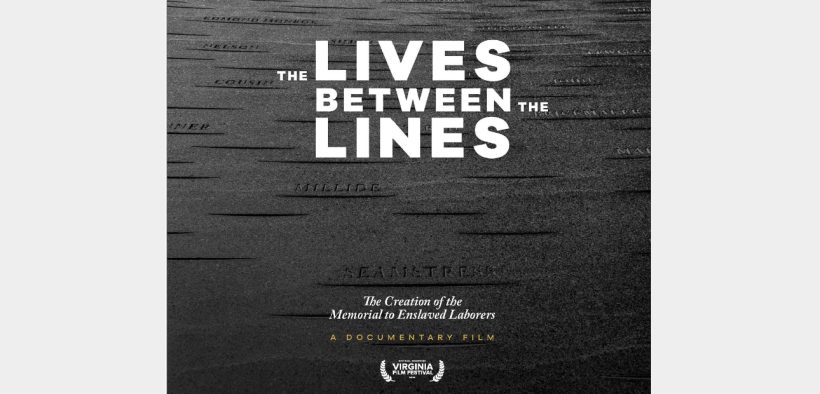The Lives Between the Lines: Acknowledging Troubled Histories
Share

Southwestern boasts its status as the first university in Texas, but with that comes a history of violence and oppression. The Southwestern community openly came closer to acknowledging that history when Dr. Naomi Reed of the Sociology Department and Dr. Melissa Johnson of the Anthropology Department hosted a screening of Lives Between the Lines, a documentary chronicling the University of Virginia’s attempt to develop a memorial for the enslaved people who founded the university.
Dr. Melissa Johnson recalled Southwestern University’s past efforts to reconcile itself with the historical institution of slavery: “I remember about ten or so years ago we had the Sending Home ceremony here. Remember that? It was called ‘Sending Home.’ It was a community effort in which they had researched as much as possible about the enslaved people of Williamson County, many of whom had either no name or just a first name. We put each of the names on a piece of paper, and then they had a fire pit and they burned them, so they went home.”
The conversation pivoted to Ebony and Ivy, a 2013 book by Craig Stephen Wilder that discusses the impact of slavery on America’s Ivy League institutions. “The thesis of that was that most Ivy League and older schools in the country were produced with slavery.” said Dr Reed. The film provoked discussions about race and its history with institutions of higher education. One attendant recalled Brown University’s internal study regarding its history of slavery, as well as Dr. Bednar’s “Placing Memory” project. The conversation turned to the university’s efforts to reflect on its own past. “This is such a good example,” Dr. Reed said, referring to the activism at the University of Virginia, “because it was students and the community who really had the say so, not presidents and popular faculty.”
“We’re talking about the memorialization phase; we’re not really done with the research phase, right?” Dr. Reed continued. “That’s where, you know, to the point here, we’re having a conversation about memorialization and we’re not really done with the research piece. The SU history project, that’s where we’re at.”
Dr. Johnson addressed the legacy of slavery at Southwestern University: “This institution, where we’re standing right now, was built after the institution of slavery, so this institution was not built by slavery. But it would be hard to imagine that there were not poor, free Black people involved in the building of this institution,” she said.
“Williamson County was not a Black area, at that point in history,” added Dr. Reed. “Which is why it’s harder to find enslaved records of enslaved people.”
Dr. Johnson added: “Our root college area is a whole other story. They would not have been able to exist, nor would Southwestern, without the wealth generated by the slave trade.”
Rutersville, one of Southwestern’s root colleges, “absolutely depended on dispossessing indigenous people from their land.” Johnson added. “Every student brought their slave to campus, and there were slave quarters in that town and it was all organized by the methodist church.” Soule University, another one of Southwestern’s root colleges, and the immediate predecessor to Southwestern, made a large portion of its wealth due to cotton plantations. When the Civil War happened, Soule university became a confederate hospital, and was also responsible for sending a platoon of students and faculty to fight for the confederacy.
Learning and understanding this history is important, and events like this are able to facilitate larger conversations about this campus’s past to develop a better future.
